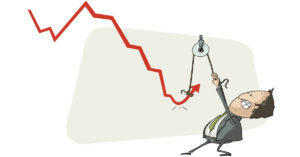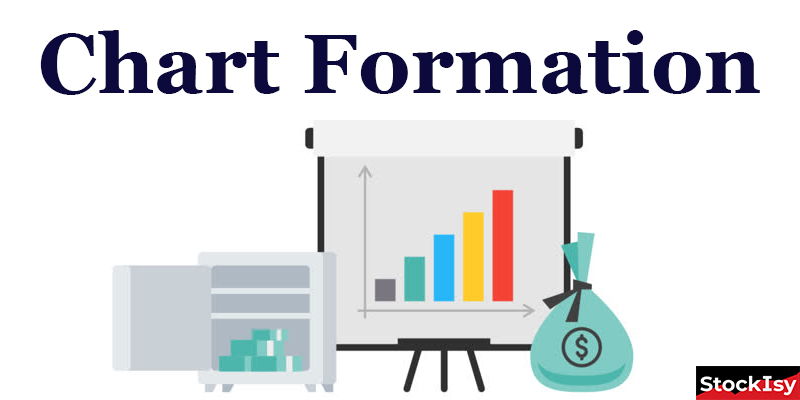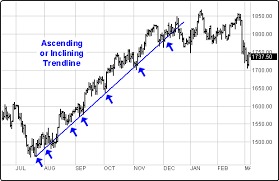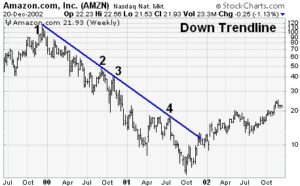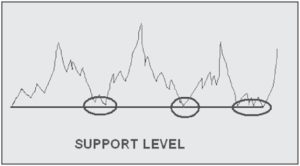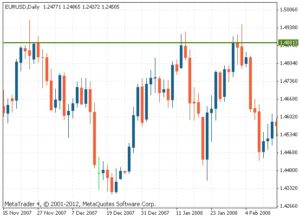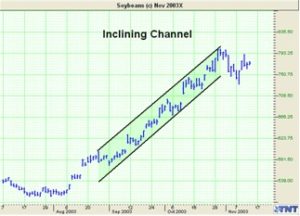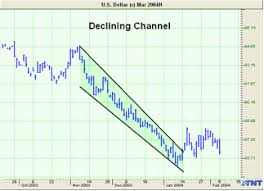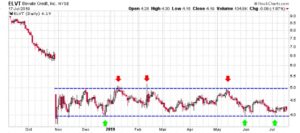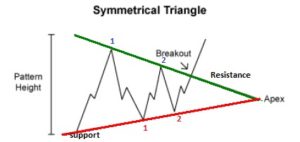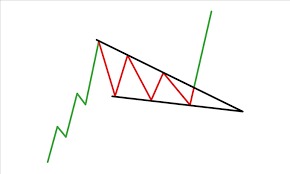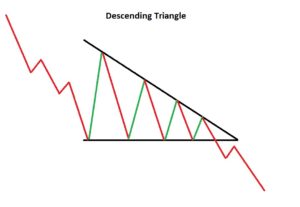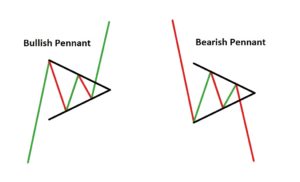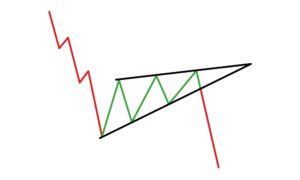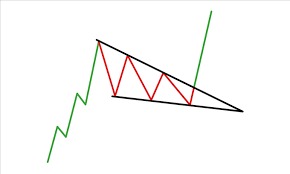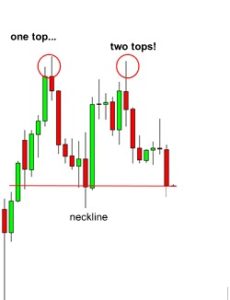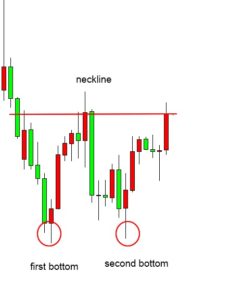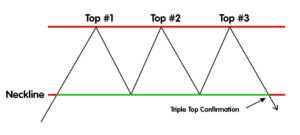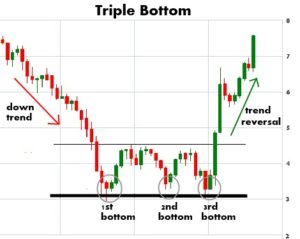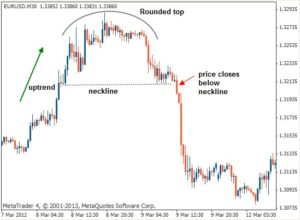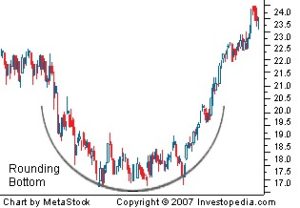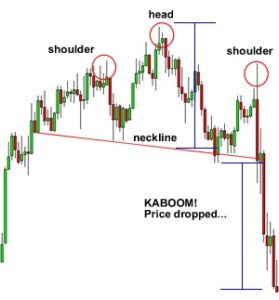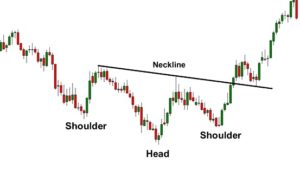Investing in stocks requires careful consideration, and one company that has recently caught the attention of financial experts is the Indian Oil Corporation (IOC). In a recent news article, Motilal Oswal has set a target price of Rs 165 for IOC, sparking interest among investors. Let’s delve into the analysis and explore the factors influencing this target price.
Understanding Motilal Oswal’s Analysis
Motilal Oswal’s analysis provides valuable insights into the potential of Indian Oil Corporation as an investment. The target price of Rs 165 suggests optimistic prospects for IOC’s stock. To comprehend this analysis fully, let’s break down Motilal Oswal’s perspective and examine the underlying factors influencing their prediction.
IOC’s Market Position
Indian Oil Corporation stands as a prominent player in the oil industry. Its robust market position is attributed to factors such as extensive infrastructure, a diverse product portfolio, and a strong distribution network. Understanding these strengths is crucial in evaluating the company’s overall market standing and potential for growth.
Recent Developments in the Oil Sector
To make informed investment decisions, it’s essential to stay updated on recent developments in the oil sector. Factors such as geopolitical events, changes in global demand, and technological advancements can significantly impact the stock performance of companies like IOC. Let’s explore the latest news and events shaping the oil industry and analyze their implications for Indian Oil Corporation.
Financial Performance of IOC
Examining the financial performance of IOC is fundamental for investors. Analyzing recent financial reports can provide insights into key indicators such as revenue, profit margins, and debt levels. A comprehensive understanding of these financial metrics is essential for gauging the company’s stability and growth potential.
Risks and Challenges
No investment is without risks, and Indian Oil Corporation is no exception. Identifying potential risks and challenges specific to IOC is crucial for investors. Whether it’s market volatility, regulatory changes, or industry-specific challenges, understanding these factors is vital in making informed decisions.
Strategies for Investors
Armed with insights into IOC’s market position, recent developments, financial performance, and potential risks, investors can formulate strategies tailored to their goals. This section will explore different investment strategies, considering both short-term gains and long-term stability.
Comparisons with Competitors
To gain a holistic perspective, it’s essential to compare Indian Oil Corporation with its competitors in the oil industry. Analyzing IOC’s competitive advantages and disadvantages can offer valuable insights into the company’s position within the market.
Promoter/FII Holdings
As of December 31, 2023, the company’s promoters maintained a 51.5 percent stake, with Foreign Institutional Investors (FIIs) holding 8.84 percent, and Domestic Institutional Investors (DIIs) holding 9.89 percent.
Quick Review:
- Is Indian Oil Corporation a safe investment?
- Addressing the safety of investing in IOC and factors contributing to its stability.
- How do global economic trends impact IOC’s stock?
- Explaining the correlation between global economic trends and IOC’s stock performance.
For detail study click here











